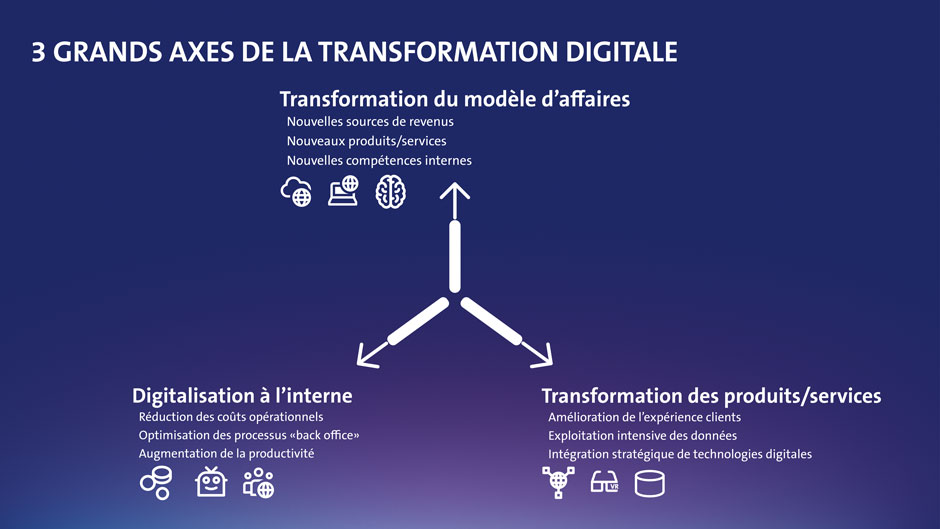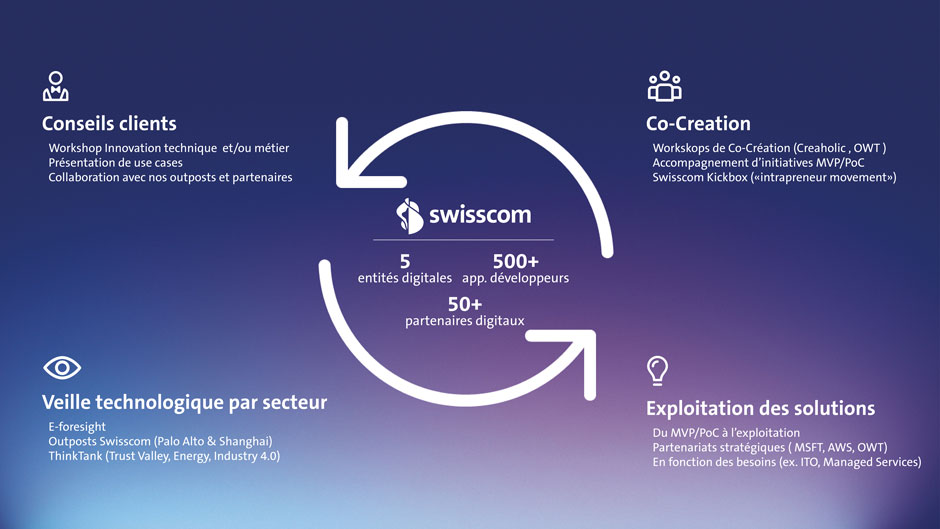So digital transformation is not a myth, but in order to achieve it, a few prerequisites are necessary. It is not enough to set up an "innovation team" and hope that the members will do all the work themselves. An established company will naturally find it even more difficult to change, as its structure and organisation are not designed for innovation, but to deliver a product or service efficiently.
One of the first prerequisites for digital transformation is the unconditional support of company management and the Board of Directors in the introduction of innovation governance. Without this support, any initiative is likely to be quickly cancelled. It will then be necessary to create a structure that enables new ideas to emerge. An example of this would be creating a dedicated team in an innovation-friendly environment such as a digital lab or a university campus (as has been the case at Swisscom Ltd for several years). The corporate culture also plays an important role. Innovation cannot mean always being successful; mistakes must be part of the transformation process. It should therefore be avoided to set short-term profitability targets for the teams tasked with developing innovations. Open innovation, the creation of a think tank or initiatives that encourage collaboration within the company will also help to dynamise this process.
In summary, every organisation, regardless of its sector and market position, will sooner or later be faced with questioning its business model and therefore its strategy. Today, in many sectors, customer consumption habits are changing rapidly and needs are evolving depending on the geopolitical, climatic, regulatory or even health context, as we are currently experiencing with the coronavirus pandemic. Digital transformation is and will remain a key issue for the continued existence of a company, and this fact will only intensify in the coming years.
Swisscom supports numerous customers in digital transformation and digitalisation projects with a rich ecosystem in various areas such as cloud, security, data analysis and the Internet of Things, to name just a few.



